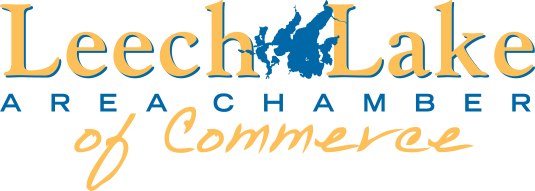How to Win Over Customers in a Competitive and Crowded Marketplace
Walk into any digital space and you’re immediately swarmed by noise dressed in style—ads that sparkle, logos that wink, websites that flex with buttery scrolls and high-res smiles. Standing out in this visually gluttonous arena is no longer just about good design—it’s about pulling someone’s eyes from the cacophony long enough to make a case for trust, relevance, and connection. You don’t need a Madison Avenue budget or a design team fed on espresso and impossible deadlines. What you need is clarity in the chaos, and the kind of strategy that makes people stop scrolling and start remembering.
Design as an Invitation, Not a Billboard
You’re not just decorating a storefront. You’re inviting someone in for a conversation, a moment of resonance, a reason to linger. The mistake most brands make is trying to shout in a room full of other shouters. Instead, think about your design choices as a quiet, confident pause—muted tones that still hum with intention, typography that doesn’t scream, but speaks. When your aesthetic feels intentional rather than opportunistic, customers sense the difference—and they trust it more.
Dimensional Impact: Turning Storefronts into Visual Magnets
There’s something magnetic about depth—it pulls people in, makes them pause, and invites them to engage. By layering vibrant 3D signage into your window displays, you create a visual rhythm that breaks up the flatness of the street and turns your storefront into an experience rather than just a facade. Shadows shift, colors pop, and suddenly, your shop isn’t just another building on the block—it’s a destination. Thanks to intuitive 2D to 3D animation methods, even those without design backgrounds can transform flat artwork into dynamic visuals that stop passersby in their tracks.
Photography That Doesn’t Just Show—It Tells
Too many brands use imagery like wallpaper—just something to fill space. But in a marketplace where everyone’s feeding their eyes before they feed their wallets, your visuals need to do more than just look good. They need to feel personal, grounded, real. Show the details others overlook: the smudged fingerprints on the side of a fresh ceramic mug, the laces of a sneaker being tugged tight before a morning run. These tiny, honest moments catch people off guard—and that’s exactly what you want.
Keep the UX Smooth and Unforgettable
Your user experience shouldn’t feel like a guided tour—it should feel like second nature. People shouldn’t have to think about how to navigate your site or app; it should feel like it was made for the way they think, not how you want them to think. Subtle animations, fast loading speeds, and a sense of narrative progression as they scroll—that’s the kind of digital hospitality that makes people stick around. If your platform feels like it was designed with care, your product suddenly feels more worth it, too.
Don’t Be Afraid to Be Weird—But Make It Work
Here’s something not enough people will tell you: blandness kills interest faster than bad taste. If your visuals feel like they came from a template, you’ll be forgotten before the page even finishes loading. Embrace a little oddity. Unexpected color combinations, hand-drawn elements, vintage photo treatments—whatever gives your brand flavor. The caveat? Don’t be weird just for the sake of weird. Your visual quirks should be connected to your story, your product, your tone. Otherwise, it’s just noise in new clothes.
Know What NOT to Say
In a hyper-visual marketplace, restraint is its own aesthetic. Just because you can fill every inch of a page doesn’t mean you should. Clean design with generous spacing creates breathing room—and in a digital world, that’s gold. White space isn’t wasted space; it’s a signal that you respect your viewer’s attention and time. Let your images and words stand on their own instead of burying them in clutter. Minimalism, when done with care, can whisper louder than maximalism ever could.
Build a Visual Language People Can Learn and Love
Brand loyalty often begins with recognition. That starts not with a logo, but with a consistent visual language. Your color palette, iconography, layout grids—these are your dialects, and over time, they teach your audience how to read you. The most successful brands don’t change their style every six months chasing trends; they build a world that feels lived-in and layered. If a customer sees your ad on a subway, your post on social, and your email in their inbox and immediately knows it’s you—that’s the kind of familiarity that breeds trust.
In today’s visually saturated marketplace, attention is both the prize and the challenge. You can’t win it with louder colors or busier pages alone. You win it by creating visual experiences that speak to people before they’ve even realized they’re listening. It’s not about tricking the eye—it’s about earning the gaze. And once you’ve done that, you’ve cleared the hardest hurdle: making someone stop long enough to care.
Discover the magic of the Leech Lake area, where rich history meets adventure. Visit Leech Lake to plan your perfect Minnesota getaway today!





